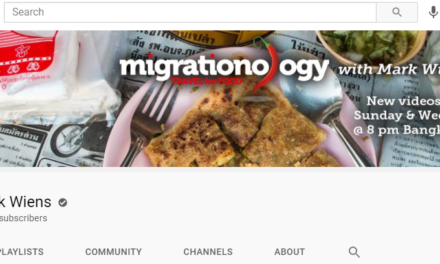As brands build out bigger and better content marketing strategies, one thing that will need to scale with those strategies is the in-house content function—the creative talent, manpower, operating structure and strategic vision to power a thriving in-house content studio.
As the in-house content studio structure scales, these functions will need to operate efficiently to best support the business. That’s why it’s important for teams to have a formalized process in place for gathering inputs from project stakeholders, and to inspire the work itself, also known as “the creative brief.”
However, one study finds that this is one of the biggest challenges for in-house content studios. While the creative brief and project intake are the first steps in the creative process, these are also the biggest challenges in creative workflow, according to 42% of respondents. 67% reported that obtaining the necessary information just to begin a creative project was difficult or very difficult.
There are many reasons why the creative brief can be challenging: stakeholders don’t have a clearly defined strategy, audience targets haven’t been identified, requirements are too loose or too rigid, or the assignment simply doesn’t line up to a business objective.
A Fundamental Building Block for Successful Content Marketing
To illustrate the value and importance of a creative brief, let’s use one of the greatest artists who ever lived, Michelangelo, as an example. One of his most famous works was the Sistine Chapel ceiling. Imagine the different creative briefs that could have been handed to Michelangelo and what a profound difference the right creative brief made.
Example Creative Brief #1: “Please paint the ceiling.” In this example, the requestor hasn’t provided any direction or guardrails. All the decisions are left to Michelangelo. He knows what’s required of him but has no idea of what the right solution might be.
Example Creative Brief #2: “Please paint the ceiling with red, green, and yellow paint.” In this example, the requestor still hasn’t provided any direction, but he has given some restrictions with no justification, which can be frustrating.
Example Creative Brief #3: “We have a terrible problem with dampness and cracks and want you to cover them up.” In this case, the requestor is specific about a problem that needs to be solved. At the same time, the brief, inherently, says no one will care what Michelangelo paints and he is left with the feeling that his work is unimportant.
Example Creative Brief #4: “Please paint biblical scenes on the ceiling which include God, Adam, angels, and saints.” This example is better because Michelangelo has some direction, but it doesn’t give him the freedom or license required to create an original solution.
Example Creative Brief #5: “Please paint our ceiling for the greater glory of God as an inspiration and lesson to his people.” In this final example brief, Michelangelo is given a mission, and he is given the freedom to find a creative solution. Now he is inspired and empowered to do extraordinary work.
In order to inspire and empower your own in-house creative teams to do extraordinary work, here’s what your creative brief needs to accomplish.
Define the audience clearly–The creative brief should be specific not only in naming the target audience, but also articulating their needs and behaviors. The requestor should also be able to explain where the audience is in their customer journey. This will make it clear what functional needs the audience has when they encounter this content (like what they need help with) as well as their emotional needs (what they actually desire).
Have a clear-cut call to action and takeaway–The requestor should have a firm grasp on what they want the audience to do or take away after consuming the content, and that should be included in the creative brief. They should be able to explain how the call to action or takeaway aligns to a business objective and have supporting evidence and data for that.
Be explicit about how the creative supports the content and brand strategy–To align with the clear call to action or takeaway, there should also be a section on content objectives and it should be painfully obvious about how the content will support the broader content strategy and brand strategy. If there’s no clear throughline, then the project should go no further.
Define the swimlanes and timeline–The brief should specify the stakeholders and their roles and responsibilities. Your creative team, especially the project manager, should know who is doing the work, who is reviewing and who is approving. Also specify whose feedback is mandatory to implement and whose is just nice to consider. Last, specify the deadline and budget.
Be clear about the non-negotiables–While you want to give your creative team enough room to be original, you also need to be specific about any non-negotiables. For example, brand and messaging guidelines should be shared during the creative brief stage. You may also require certain tracking parameters to measure your efforts.
Ensure the brief is tight but also gives creatives the freedom to do original work–Just like in the example with Michelangelo, a successful creative brief is specific about what you’re trying to achieve but not overly prescriptive that it hinders originality. To do this well, the brief has to be thoughtfully crafted, short, and to the point. But writing a creative document like this can be tough and especially time consuming. Mark Twain even said it himself, “I didn’t have time to write a short letter, so I wrote a long one instead.”
The creative brief plays a pivotal role in any content-driven campaign. And you should have a consistent creative brief template that the team can be used to working with, and be trained on. Getting the actual brief right from the onset will set everyone up for success, and ultimately help you deliver content that drives action and engagement from your target audience.






